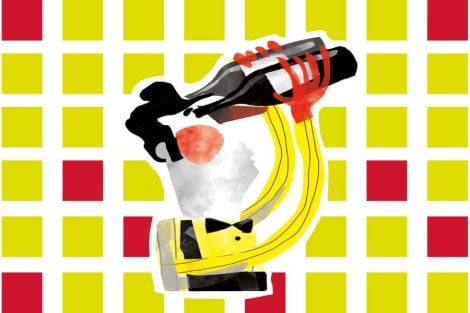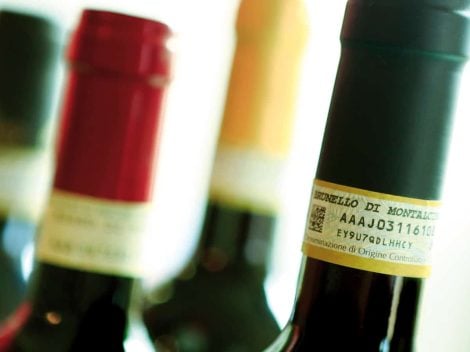Pizza toppings in Italy
It all started with the "Mastunicola," a pizza topped with lard, cheese and basil: the first pizza topping ever, now no longer in use. Then came the "Marinara," the "Margherita," the "Capricciosa." The tasty pies that have built the Italian pizza scene, timeless ingredient combos that never tire. Today the world of pizza is in full swing and the toppings are many, all different. Furthermore, the vegetable gardens owned by pizza chefs have multiplied, attention to dietary intolerances has grown, experimentation on dough is crucial, and at the same time the quality of the beverage offer has also increased, including tailor-made wines, high-quality craft beers and pairings with perfectly fitting cocktails.
History of classic Italian pizza
Between a creative pizza, a sweet pizza pie that is nothing short of a conventional dessert and other variations, the usual toppings remain firm, those perfect, comfort combos that never go out of fashion. But how did the most famous recipes come about? Here are some curiosities about the origin of "Marinara," "Margherita" and other great Italian pizzas.
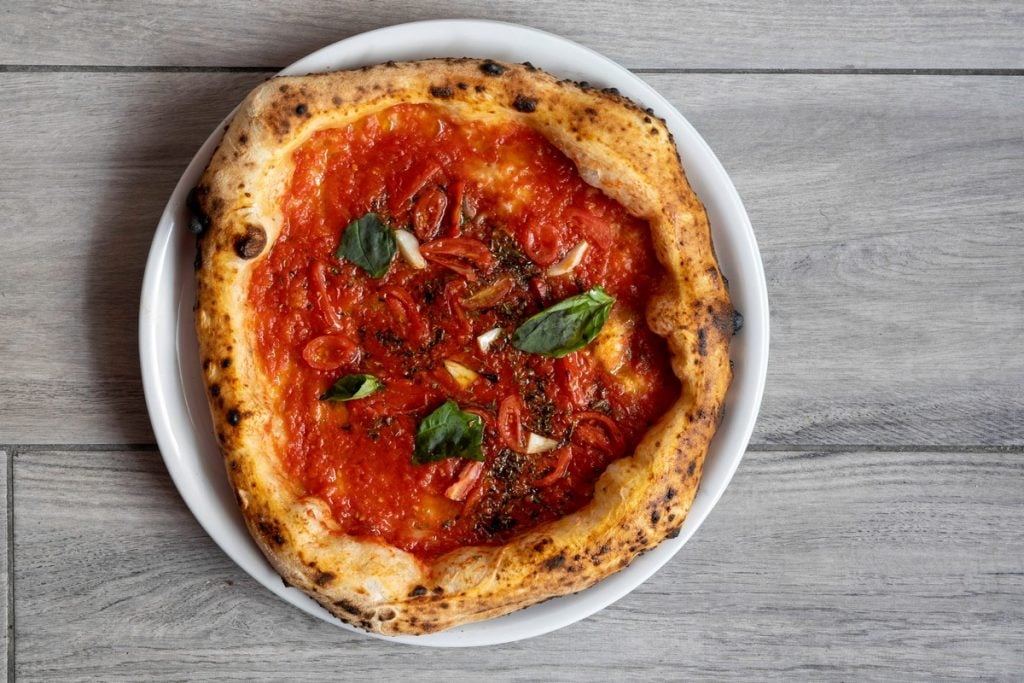
"Marinara," the fishermen's pizza
Tomato, garlic, oregano: a mix of simple and very tasty flavours, which gave life to one of the most famous pizzas, on whose origins there are several theories. What is certain is that the recipe was born in the 18th century and is linked to fishermen: these, in fact, used to have a hot meal before night fishing out at sea, and pizza was ideal. Garlic, olive oil, oregano, a pinch of salt: few ingredients, simple and above all affordable, which enriched the soft base to satisfy the palate of the fishermen. Sometimes, depending on the fishing trend, anchovies could also be added, but the definitive recipe, the one we know today, is with a tomato sauce base. This ingredient was added only later, when it began to become more common on Italian tables.
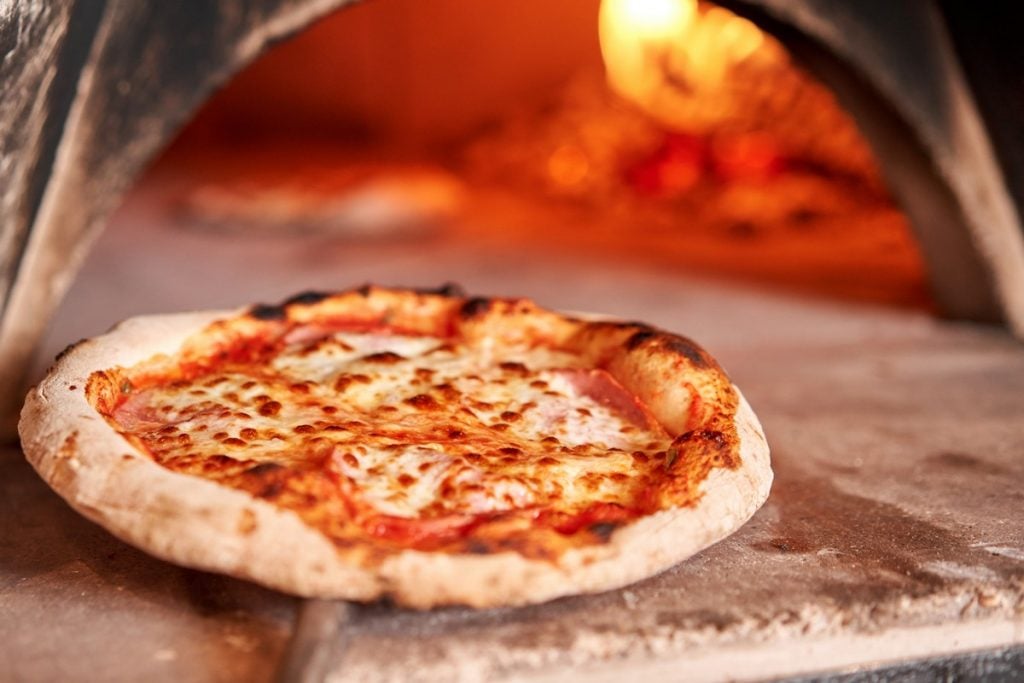
"Margherita," the queen's pizza
Legend has it that the most popular pizza ever was born thanks to the inventiveness of pizza chef Raffaele Esposito who, at the palace of Capodimonte in the service of the king of Italy Umberto I of Savoy, prepared a new pizza topping that conquered the palate of his wife, queen Margherita. In reality, things did not go quite like that: the royals were lovers of pizza but the sauce with tomato, mozzarella and basil was already widely used at the time. More likely, the pizza chef deserves credit for having renamed that topping in honour of the sovereign. The first written trace of the "Margherita," however, is found in the volume "Uses and customs of Naples with described and painted contours" by Francesco De Bourcard, a publication dated 1858 which, among many others, also describes the custom of pizza.
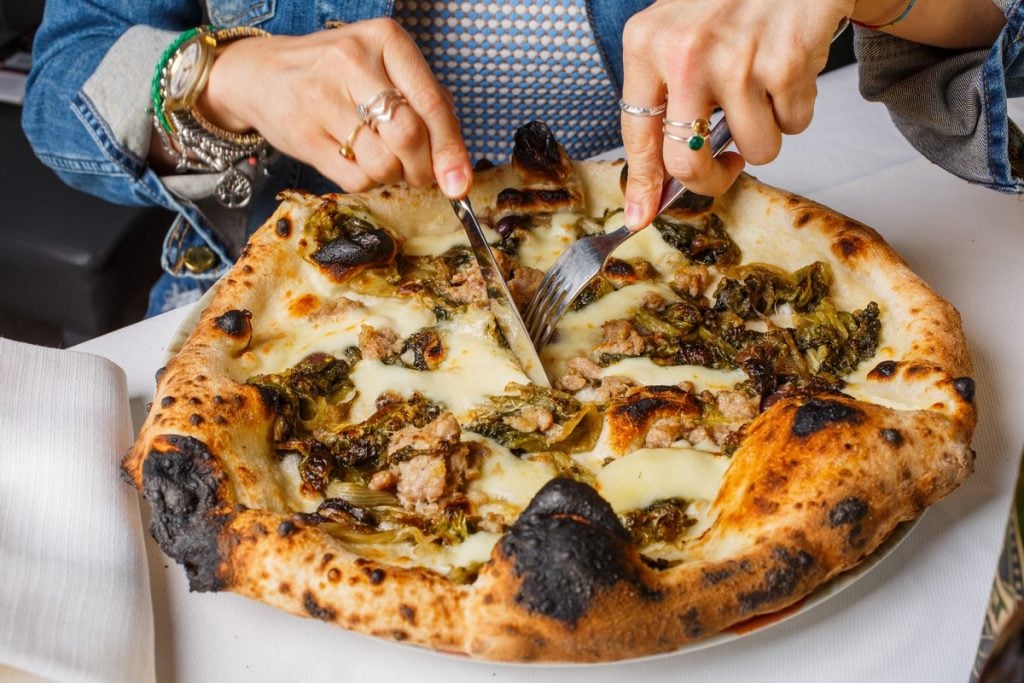
Sausage and Friarielli, the "Carrettiera"
One of the happiest and longest-lived marriages in Campania cuisine, a tasty ingredient combo that begged to be used on pizza: sausages and broccoli seems to have been born thanks to a street vendor who was the first to combine turnip tops (broccoli rabe, in Neapolitan dialect friarielli) with grilled meat. There is no certain information about the origin of the recipe or about the arrival of these tasty ingredients on pizza pies, although sausage and broccoli were probably used in bread bakeries to stuff leftover dough, in a sort of pizza chiena. On the menu it is almost always found with the latter name, but it was once also known as the Carrettiera, because it was very popular with cart drivers who needed a substantial meal.
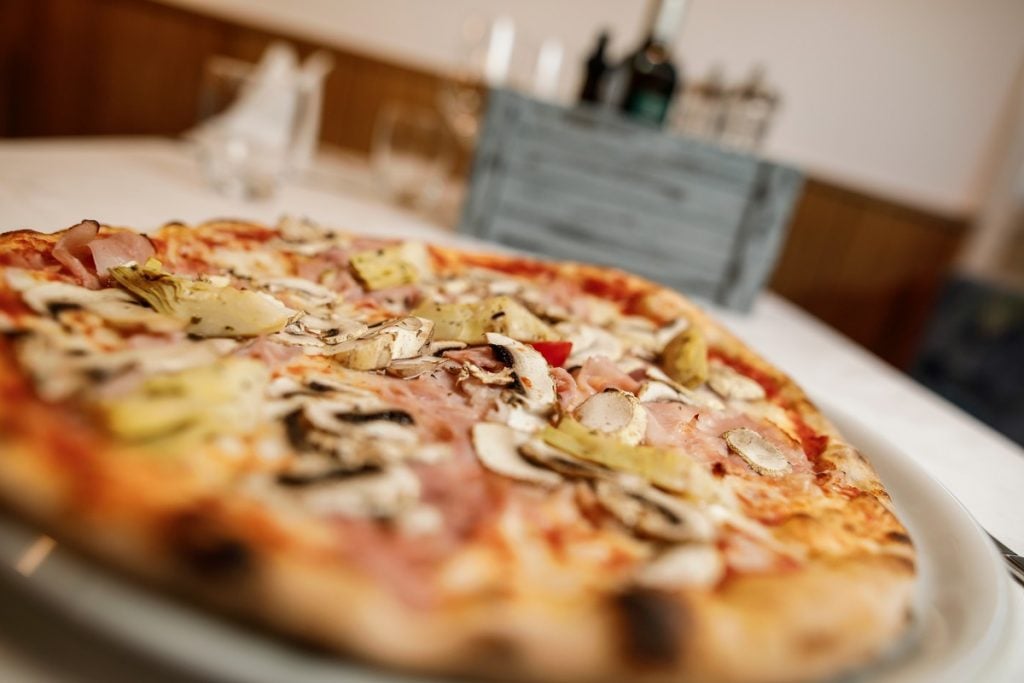
"Capricciosa" and "Quattro Stagioni": same ingredients, different arrangement
A rich and tasty "Margherita" topped with black olives, pickled artichokes, ham and mushrooms, to which a boiled egg is sometimes added (a choice that depends very much on the customs of the area and the habits of the pizza chefs). So, what's the difference with the "Quattro Stagioni" pizza? The ingredients are the same, but while on the "Capricciosa" they are scattered randomly, on the other they are grouped together, dividing the pie into four sections (which represent, in fact, the different seasons). The taste is very similar, and in any case they are pizzas born to make good use of leftover ingredients.
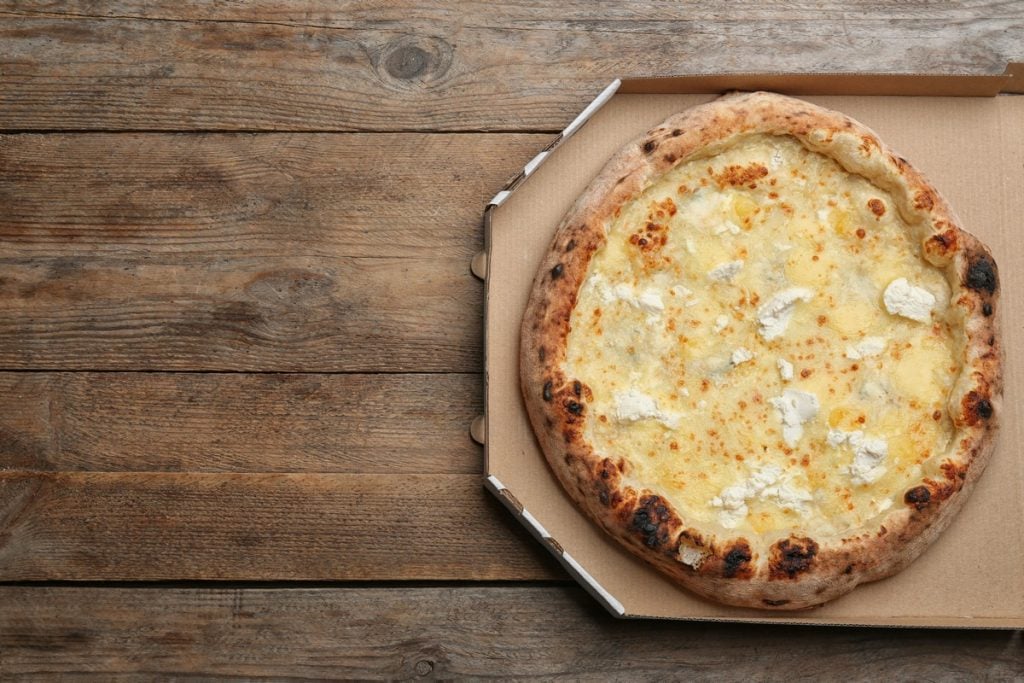
The other traditional toppings
In the kitchen it's not always easy to trace the birth of traditional recipes, and pizza is no exception. To conclude the traditional repertoire, however, we could not overlook the "Diavola," a pizza with spicy salami that's very popular abroad, where it is consumed in the variant with pepperoni salami born in the United States between the end of the 19th and the beginning of the 20th century. And then there's the "Boscaiola," the name used to indicate a condiment made with mushrooms and grilled sausage widely used also for dressing pasta courses, probably born in Central Italy, without forgetting the "Margherita with mozzarella di bufala," a more recent variation but now commonly found on pizzeria menus. Finally, the "Quattro Formaggi" is a must, traditionally topped with mozzarella, fontina (sometimes replaced by provola or other melty cheeses), gorgonzola - the true protagonist of the recipe - and Parmigiano.
by Michela Becchi

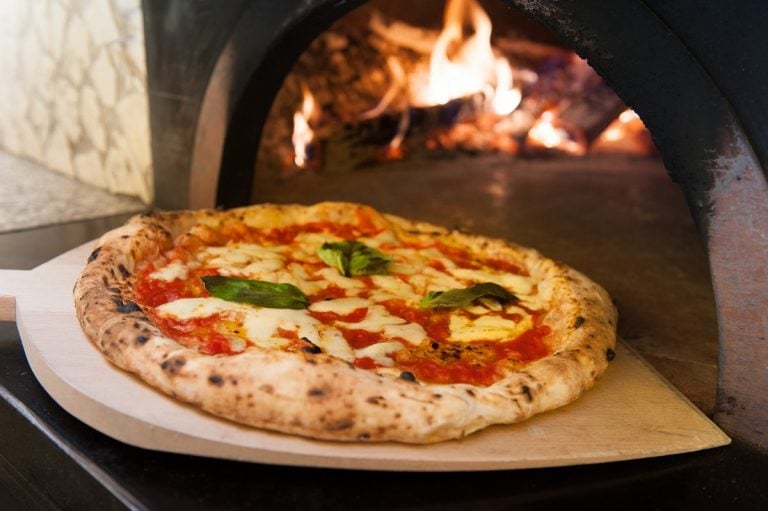
 Dealcoholised wines, everyone halt: production in Italy is blocked until 2026
Dealcoholised wines, everyone halt: production in Italy is blocked until 2026 Arianna Occhipinti surprises everyone and returns to Verona: "There are too many natural wine fairs, and they’re too scattered"
Arianna Occhipinti surprises everyone and returns to Verona: "There are too many natural wine fairs, and they’re too scattered" “Wine tariffs? Chaos inevitable. Producing it is increasingly expensive.” The Censis-Confcooperative study
“Wine tariffs? Chaos inevitable. Producing it is increasingly expensive.” The Censis-Confcooperative study Lost inside Vinitaly? Here are five tastings to try, according to Gambero Rosso
Lost inside Vinitaly? Here are five tastings to try, according to Gambero Rosso The US market accounts for 24% of global exports of Italian wine. Federvini: “We cannot risk being pushed out”
The US market accounts for 24% of global exports of Italian wine. Federvini: “We cannot risk being pushed out”
